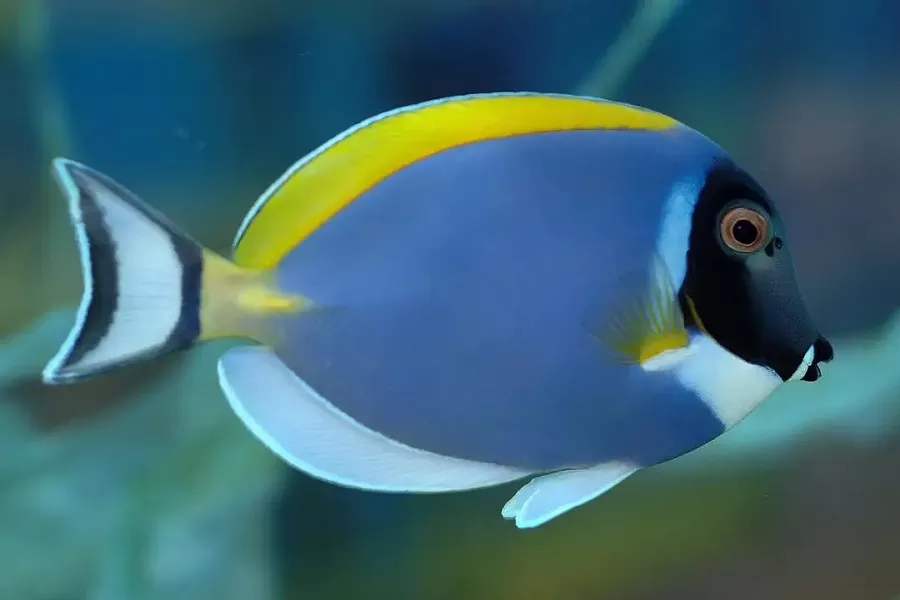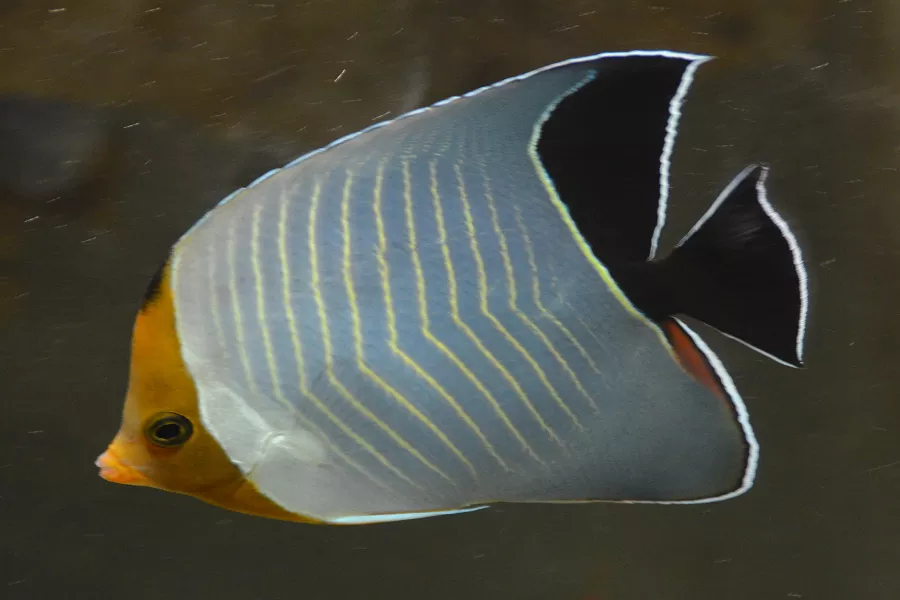What is a whitecheek tang?
Whitecheek tang, also known as multicolored hanging or multicolored upside down, is a fish in the family of perciformes and the genus of surgeonfish. White-faced surgeonfish are produced in the western Pacific, the South China Sea, the Indo-Pacific waters, Indonesia, the Philippines, etc., and belong to the group swimming fish in the pan-coral reef area. They are very capable swimmers and have a wider range than pure reef fish. Can be used as ornamental fish.
What does whitecheek tang look like?
The body is oval and laterally flat. The head is small and the profile of the back of the head is not particularly prominent. The mouth is small, end position, with a row of flat teeth in the upper and lower jaws, the teeth are fixed and immovable, and the tooth margins are notched. The spines of the dorsal and anal fins are sharp, with XI spines and III spines, respectively, and none of the fin rays are elongated; the pectoral fins are nearly triangular; the caudal fins are nearly truncate or concave. Body dark brown; the lower edge of the eyes has a white mottled, not inclined downward to the upper jaw; the muzzle also has a half-moon-shaped leukoplakia. The dorsal and anal fins are black, with a yellow stripe at the base, and the fin edge is light blue; Light blue; pelvic fins black, with light blue margins; caudal peduncle sulcus is dark brown, but caudal peduncle spines are yellow.
living habits of whitecheek tang
The temperament of Whitecheek tang itself is very mild. It generally lives in coral reef waters with a water depth of 1-67 meters, mainly in the water layer below the surge area. The fish are polycultured, otherwise they will fight.
whitecheek tang rearing
The whitecheek tang is very easy to care for, as easily adapted to the artificial environment as the pink blue tang, and is very active and robust. It may be because the color is not bright enough and I am ashamed. It is much more low-key than the pink and blue hanging, and it does not like fighting too much. Even if several are placed in the same small aquarium, it is not frequent wars. Occasionally, they would fight each other once or twice with their tail stabbings, but they would soon subside.


























